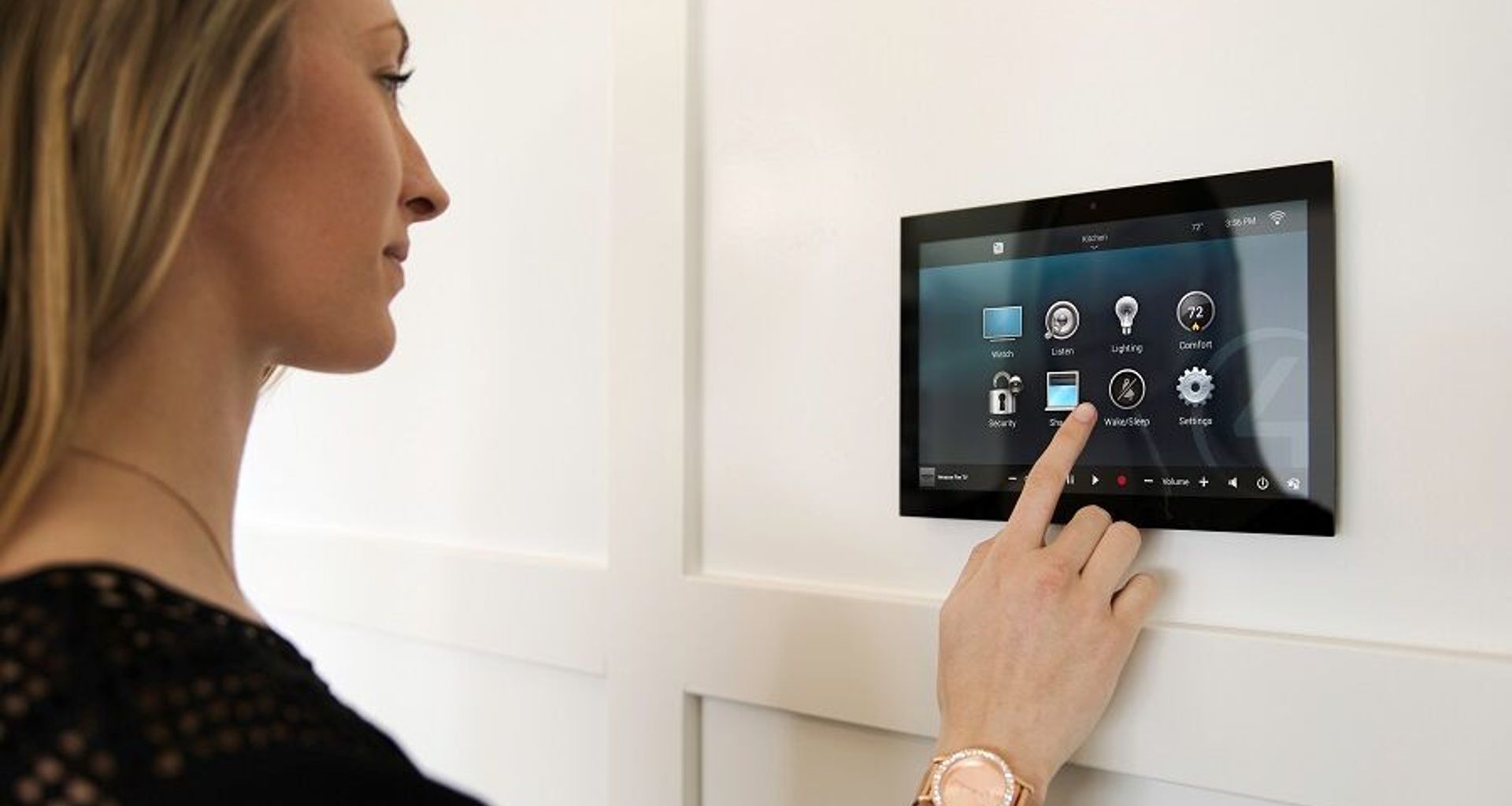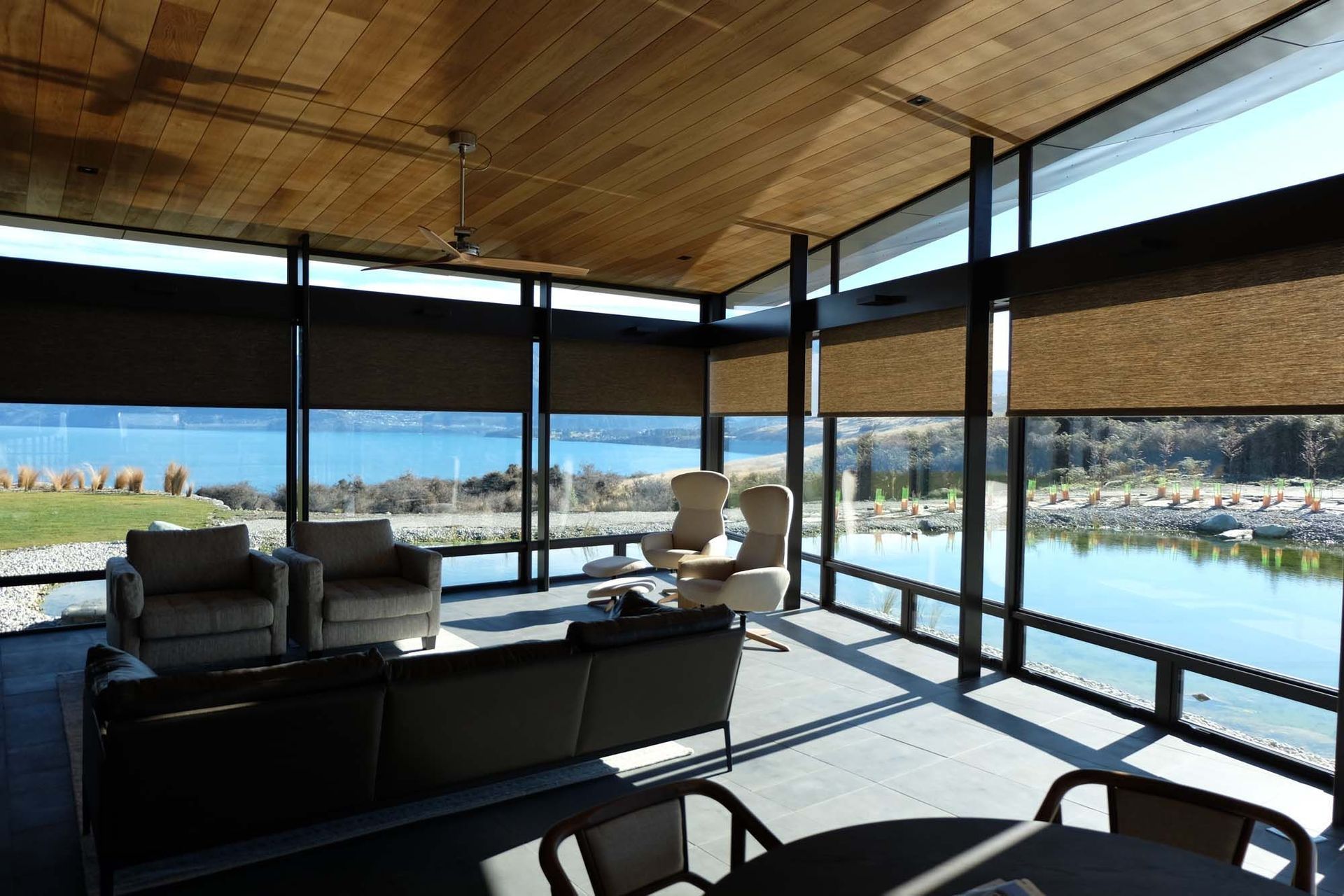Automated homes: what modern smart living looks like
Written by
11 June 2020
•
6 min read

The blinds open and you wake from the sunlight streaming in through the window. The coffee machine has just started brewing at your favourite temperature. You ask what time it is, and what the weather's doing, and a voice from the speakers hidden in your walls gives the answer: 7:00am, and it's a clear sunny day with a projected high of 22 degrees.
You get out of bed to stand on a floor that's been warming during the previous hour and make your way to the bathroom. The lights turn on as you enter, and with one step into the shower the water starts flowing at exactly the temperature you love.
All showered and clean, you dress and make your way to the kitchen, enticed by the smell of the coffee, lights illuminating your route as you walk.
The promise of smart homes is that mornings like this can be possible. But it's not just mornings—most elements in your home should, in time, have the potential to be computer controlled and automated.
While the future of smart homes is exciting to consider, current technology is very capable already.
What do smart homes look like today?
What makes a smart home 'smart' is the fact that many of its constituent parts are controllable and programmable from a central point, such as a smartphone or control panel in the home. You might be surprised at how many elements in today's homes can already be automated and brought under the control of one of these automation systems.
Perhaps the most common is temperature control. While thermostats and remote controls are common with regular heat pumps or central heating systems, smart heating systems can be controlled from the smart home's main control app.
This allows you to do things like warm up the house just before you get home from work using individual climate zones that allow for only the parts of the house that are being used to be heated - a great way to use energy more efficiently.
Lighting control is another common automation target. Being able to switch off any of the lights in your home from anywhere in the house is a novel concept. Many smart control systems also let you programme different lighting configurations—turning certain lights on or off at set times, dimming or brightening lights in different areas of the home depending on the time of day—making it quick and easy to set the mood and reduce unnecessary energy consumption.
Artificial light is not the only aspect to lighting control though; natural light can be controlled by the operation of things such as blinds, screens or louvres from a central device. One tap and you can let in or block out as much light as you desire.
All audio and visual entertainment devices can generally be managed through a smart home system too. Multiple inputs to a stereo or television can be set up and moved between without having to resort to messing with cables.
If you have a large media library on a hard drive, you can set these systems to stream to any screen or set of speakers in your home. This can negate the need for significant amounts of storage on local devices, because you can simply stream everything from one central server in the home. Similarly, audio visual equipment, when managed through a central device, can be operated with simple voice commands.
Security is another area that has been revolutionised by smart technology. Locks for gates, windows and doors, as well as CCTV footage can all be controlled from a centralised control app.
What's often most useful with smart security systems is the ability to view footage, and manage operation, remotely. If you're on holiday you can check in periodically to ensure things are safe, or have alerts set up to notify you if movement is detected. Similarly, it’s possible to programme blinds to open or close at appropriate times of day, turn lights on and off, and operate the television remotely to create the impression that people are in the house when it’s empty.
What is the future of the smart home?
While it's true that smart homes are not yet as commonplace as microwaves or refrigerators, smart technology is quickly becoming the norm in many New Zealand homes. As consumers start to connect more aspects of their home to a central device, the future of the technology has never looked brighter.
Remember what mobile phones were like in 2005? Great at being phones, sure, but not much else. But when the iPhone launched in 2007, it started a journey that changed the way we used mobile technology forever.
Smart homes have the potential to change the way we use our homes in the same way mobile phones have changed the way we work, communicate, and play. More and more of the products we bring into our homes will be able to communicate with the internet and tap into smart home systems. This is known as the 'internet of things,' that is, the expansion of networking technology beyond computers and smartphones and into everyday products and appliances.
Voice control is often tipped to be the game changer for smart homes. Being able to turn off the lights, set the oven temperature or tell the stereo what music to play, all with a few quick sentences could dramatically change the way we interact with our homes. With services like Amazon's Alexa, some of this technology already exists today, and as it grows and becomes able to interact with more devices, its usefulness will only grow.
How to design a home to incorporate smart technology
While the full extent of what may be possible in the future is hard to know, there are steps you can take when building or designing a home now to make it ready for what might be next.
Running optical data cables and other smart wiring through your house can ensure there will be enough capacity for the data transfer that might be happening between appliances and fixtures in your home in the future. Keeping the Wi-Fi network free for devices like smartphones and laptops and having everything else hard-wired can improve speeds and reliability.
It's also worthwhile to think carefully about where your power points will go, and what kind of power points they will be. Networked points that are controllable remotely can be a relatively easy automation solution for certain appliances, and will ensure you have the option available to have those points controlled by a centralised system in the future.
To learn more about what's possible with smart homes today, find out more about automation products.
<sup>Top banner image credit: </sup><sup>EAV</sup>


